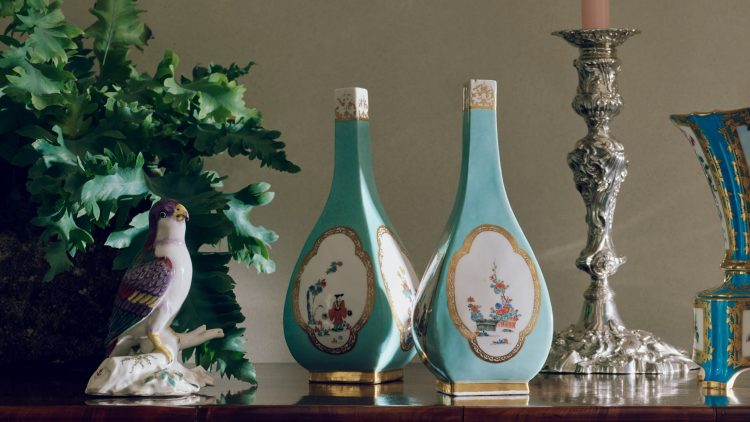When porcelain was first produced in the German town of Meissen in the early 18th century, it revolutionised the course of European ceramics. Here we speak to specialist Nette Megens, who has been working in the art world for over 20 years, about the fascinating history of the Meissen factory and how the elegant objects it produced continue to appeal to collectors today.
Illustrated by lots from 500 Years of European Ceramics, our upcoming sale taking place on 7 December in London, New Bond Street.
1.Augustus the Strong and the Birth of Meissen
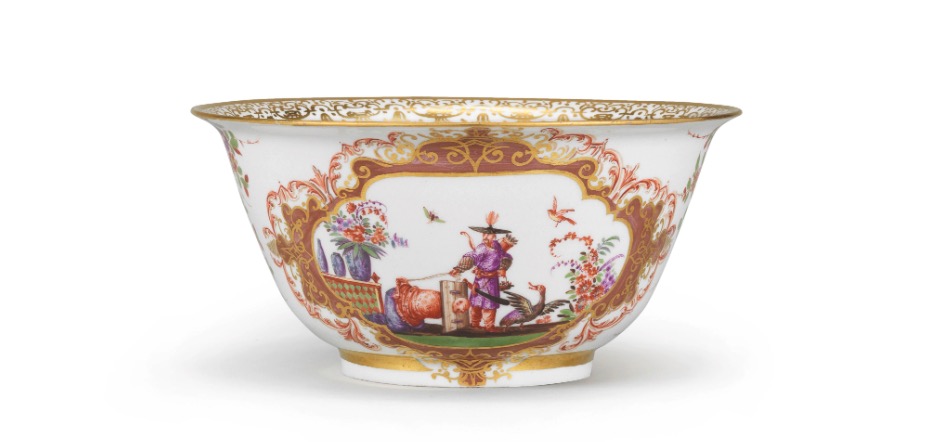
The history of Meissen porcelain traces back to Augustus the Strong, the Saxon Elector who suffered from an obsession with collecting Asian porcelain. Seeking to replicate this art form, Augustus invested heavily in research, ultimately leading to the breakthrough in 1708 by Ehrenfried Walther von Tschirnhaus and Johann Friedrich Böttger. Their success, fueled by Saxony’s abundant kaolin deposits, enabled Augustus to boast of his porcelain’s parity with Chinese imperial ware.
Augustus’ conversion to Catholicism and ascension to King of Poland further solidified porcelain’s role as a diplomatic tool and symbol of prestige. Initially, Meissen porcelain was strictly reserved for the court, but eventually, it became accessible to the nobility and then the wider public through the Leipzig Fair and European dealers.
Despite strict measures to keep the porcelain-making secret, the recipe soon spread across Europe, with many monarchs attempting to replicate the art form by the mid-18th century. Meissen porcelain thus evolved from a courtly luxury to a widely admired and sought-after commodity, reflecting Augustus’ vision of rivaling the Chinese in this ancient craft.
2.Elegant Forms
While early European porcelain was influenced by the Asian exports that arrived through diplomatic gifts and Portuguese and Dutch trade, it is remarkable how in just a few years the Meissen factory developed its own language of expression throughout its elegant forms and intricate decoration. In time, Meissen came to be favoured even over porcelain from China and Japan proving its success in terms of branding and aesthetic.
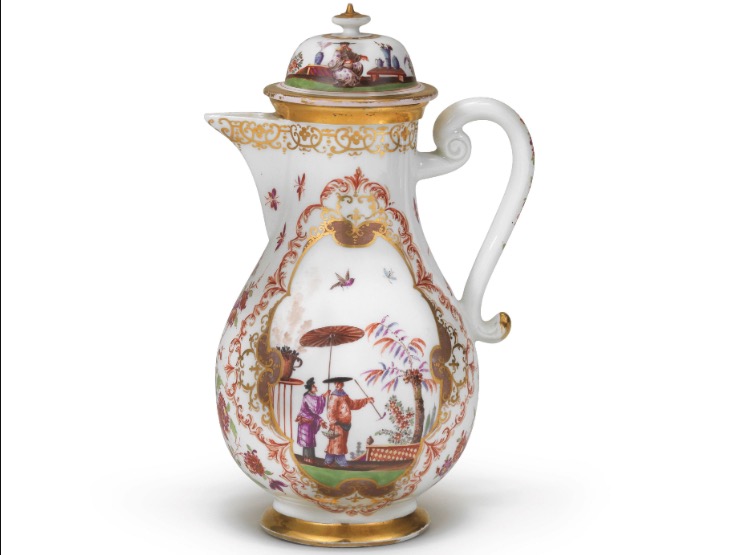
Now the Meissen factory is perhaps best known for its Commedia dell’Arte figures, and for these figures and many others, inspiration for designs came from prints, paintings and sculpture of the 17th and 18th centuries. Two of the leading designers from this early period who helped shape the signature Meissen style are Johann Gregorius Höroldt, who transformed the flat surfaces of plates, cups and saucers with his fabulous range of Baroque decoration, and J. J. Kaendler, who was known for modelling lifelike and dynamic figures. They are responsible for a totally new artistic language that served both aesthetic and diplomatic purposes of the product to a tee.
In the beginning, Meissen objects were considered such rarities that they would have been exclusively used for display, often ending up in a Kunstkammer or on a wall brackets in a Baroque interior. Interestingly, court etiquette required that Augustus the Strong use only silver and gold at the table so, ironically, it was his ministers who used the first table services in his beloved porcelain.
3.Collecting Meissen Today
Over 300 years after it was first invented, Meissen porcelain continues to appeal to contemporary collectors through its unique combination of beauty, craft and history. There is something magical about being able to hold an object that couldn’t be produced in the same way today; techniques are often lost, and the finesse of the early Meissen designs and decorations is simply unrivalled.
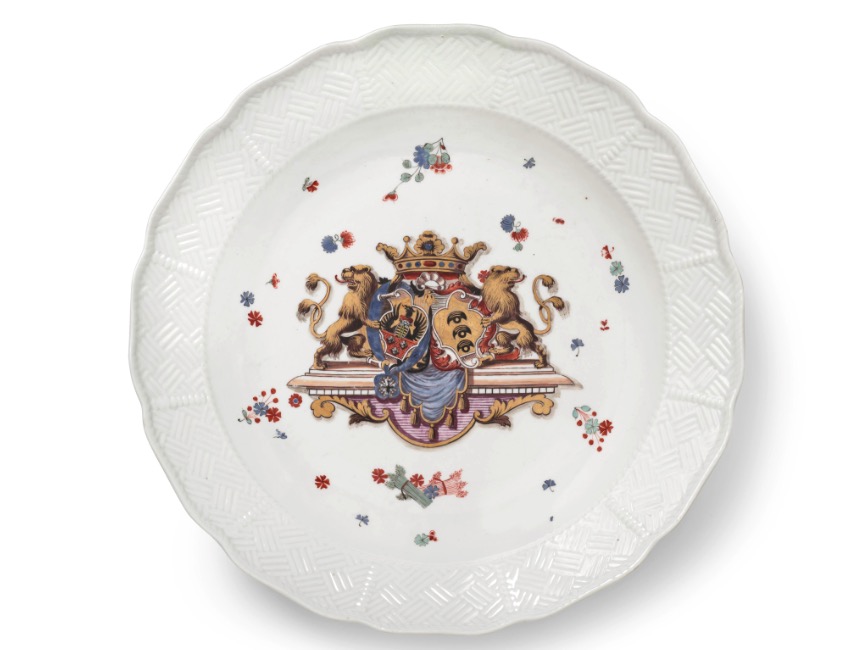
Meissen porcelain tells you something about a culture and time while remaining virtually untouched. Interiors are often updated or remodelled, furniture is damaged by sun and wear, silver is melted down, and textiles fade but porcelain never changes: the colours stay as vibrant today as they always were.
If you want to find out more about this fascinating material and brand, start by going to the places that hold large collections of these objects. The V&A and the British Museum in London, the Zwinger in Dresden, the Metropolitan Museum of Art in New York all have wonderful collections. You can also join a collectors’ society and find many great books on the history of porcelain and Meissen. Once you know what you like, then touch everything. The beauty of this material really reveals itself when you hold it, feel its weight and its finish. And there is nowhere better to do that than at a Bonhams sale with viewing days prior to every major auction.
4.Meissen on the Market
Overall there is a very strong market for Meissen, and it tends to keep its value consistently through economic troubles, now as in the 18th century. Important pieces of Meissen porcelain are still commanding the highest prices in the world of ceramics as collectors in Europe and beyond recognise the importance of the factory’s story in a wider historical context.
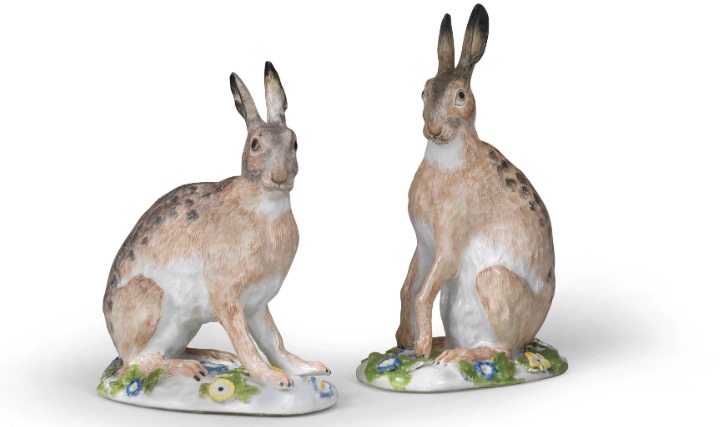
In terms of range of value, you can buy an 18th century example from £300 to £1 million. At the moment, rococo figures are not expensive, and can be a great way to start a collection. You should always buy the best possible example within your budget but beyond thinking about Meissen as an investment, it’s important to firstly consider whether you love a piece.
As with any antique it’s also important to check the provenance of Meissen; pieces from well known, single owner collections tend to hold their value better. As for condition, some restoration may be acceptable but it will inevitably be reflected in the price in the future as well as at the time of the sale. Another thing to look out for is counterfeits – Meissen has always been a very sought after commodity and was being faked as early as the 18th century. If you’re ever in doubt about a piece, ask a specialist, we are always happy to advise.
5.Care and Display
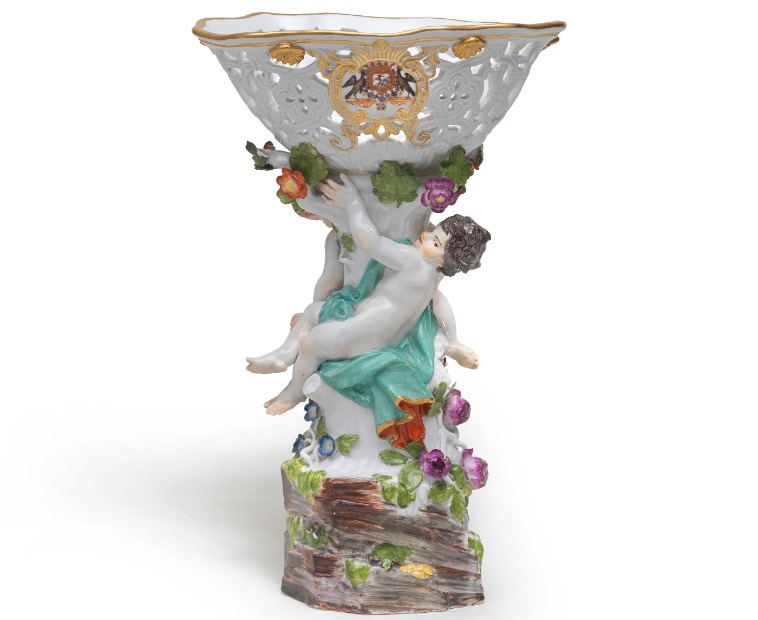
While some collectors prefer to keep their Meissen in a cabinet, others are happy to use their pieces for afternoon tea. Many collectors are understandably nervous about the fragility of Meissen porcelain and, of course, if a piece breaks you should keep the shards and take it to a restorer.




































